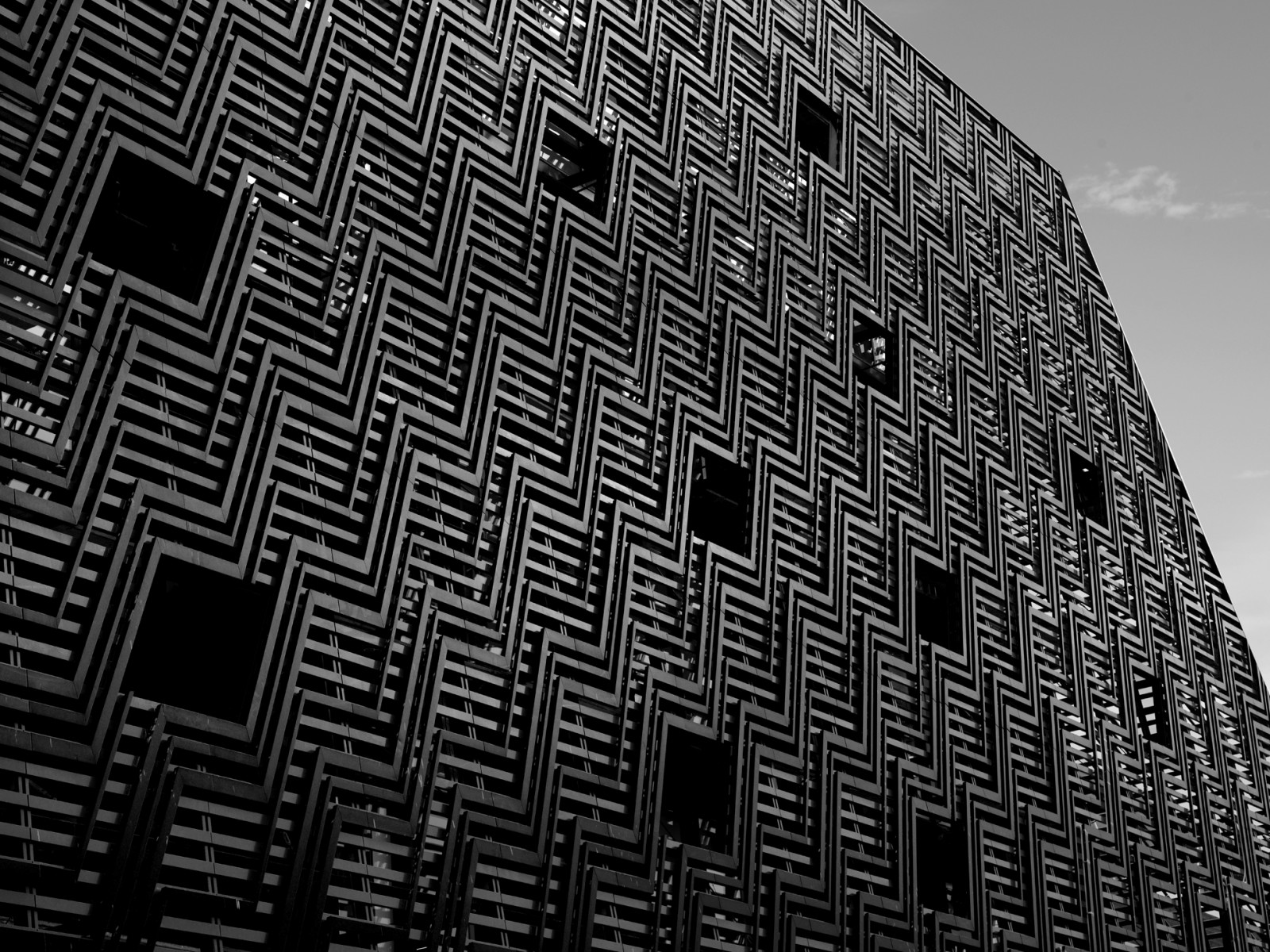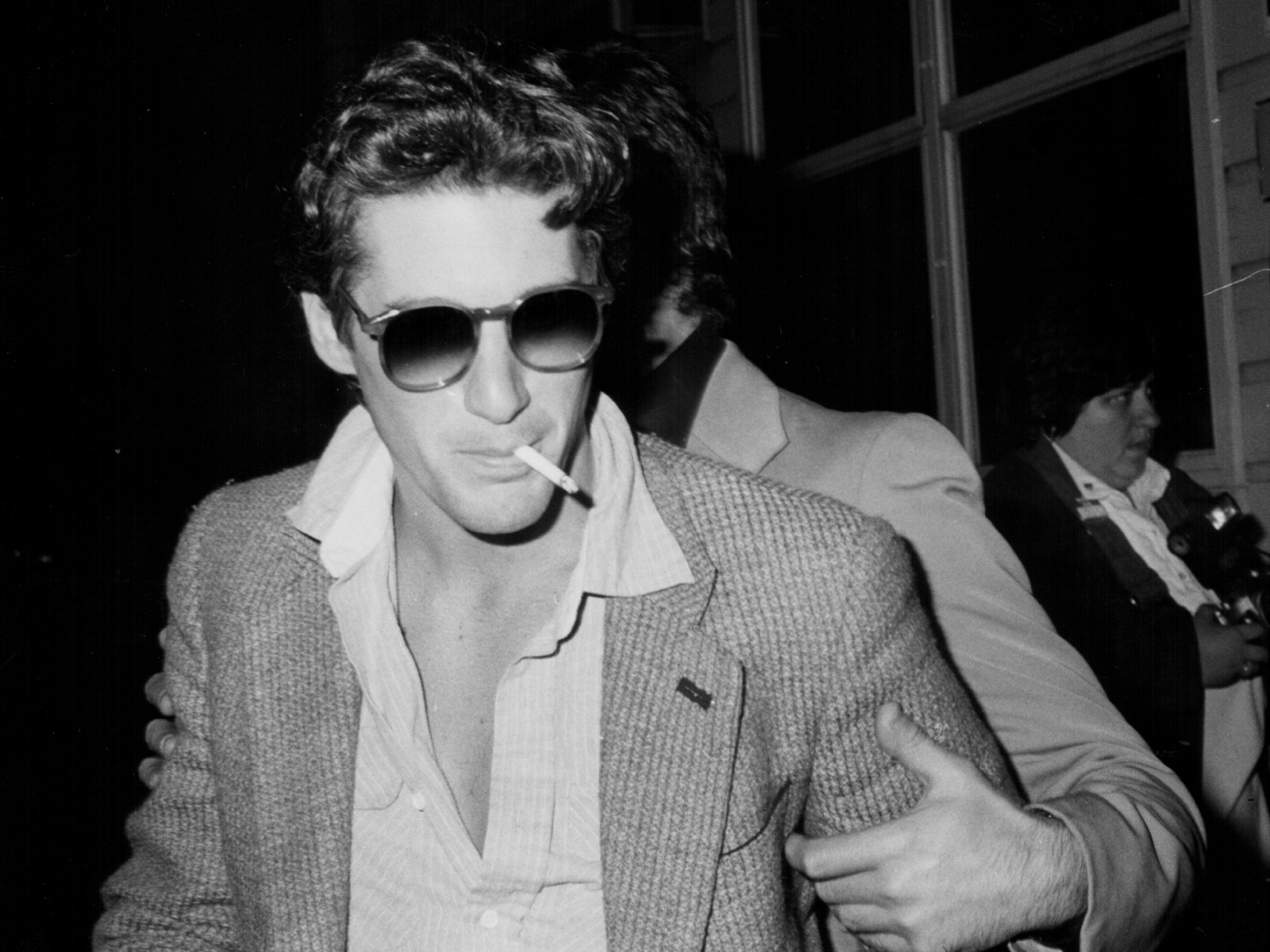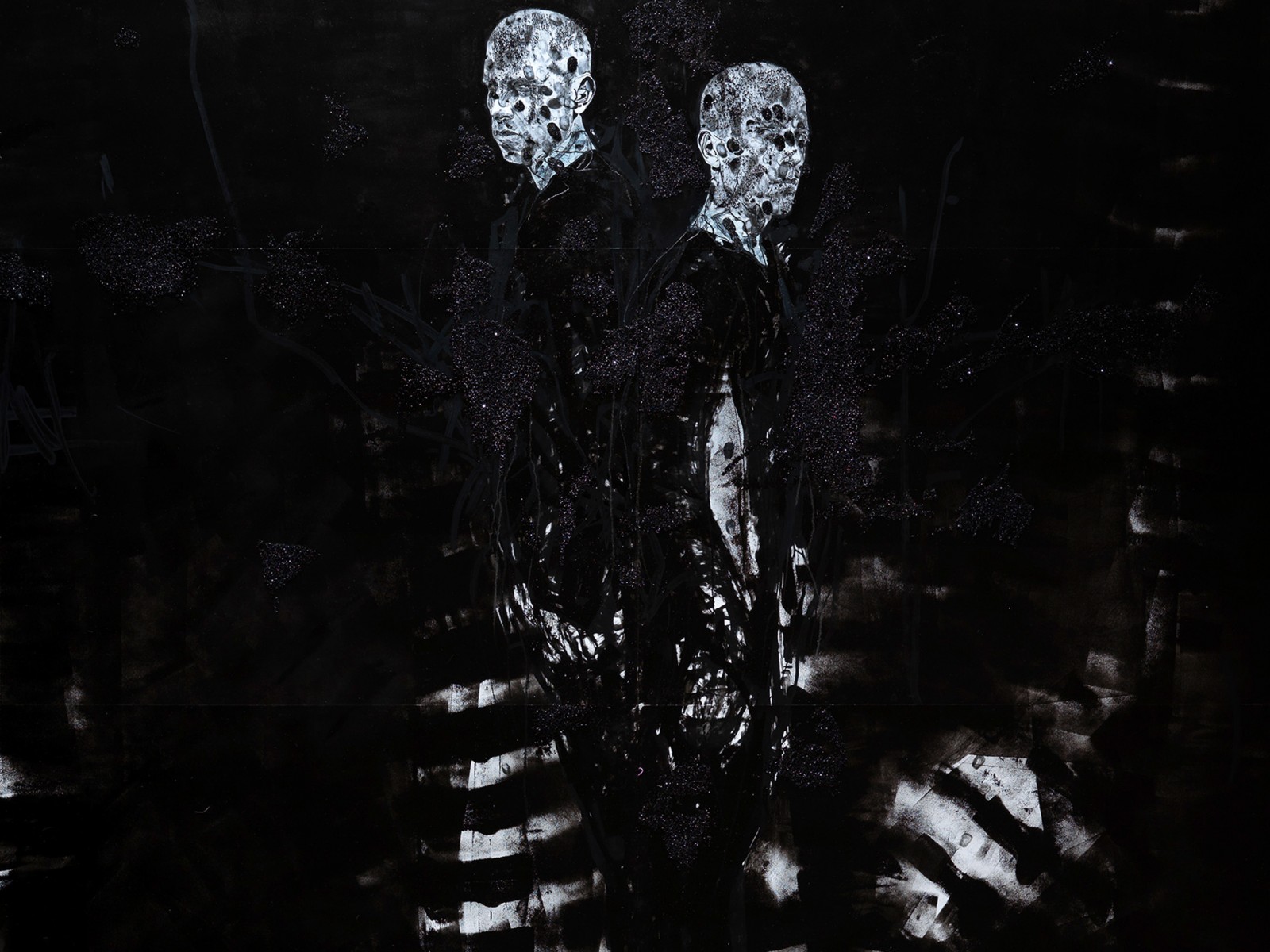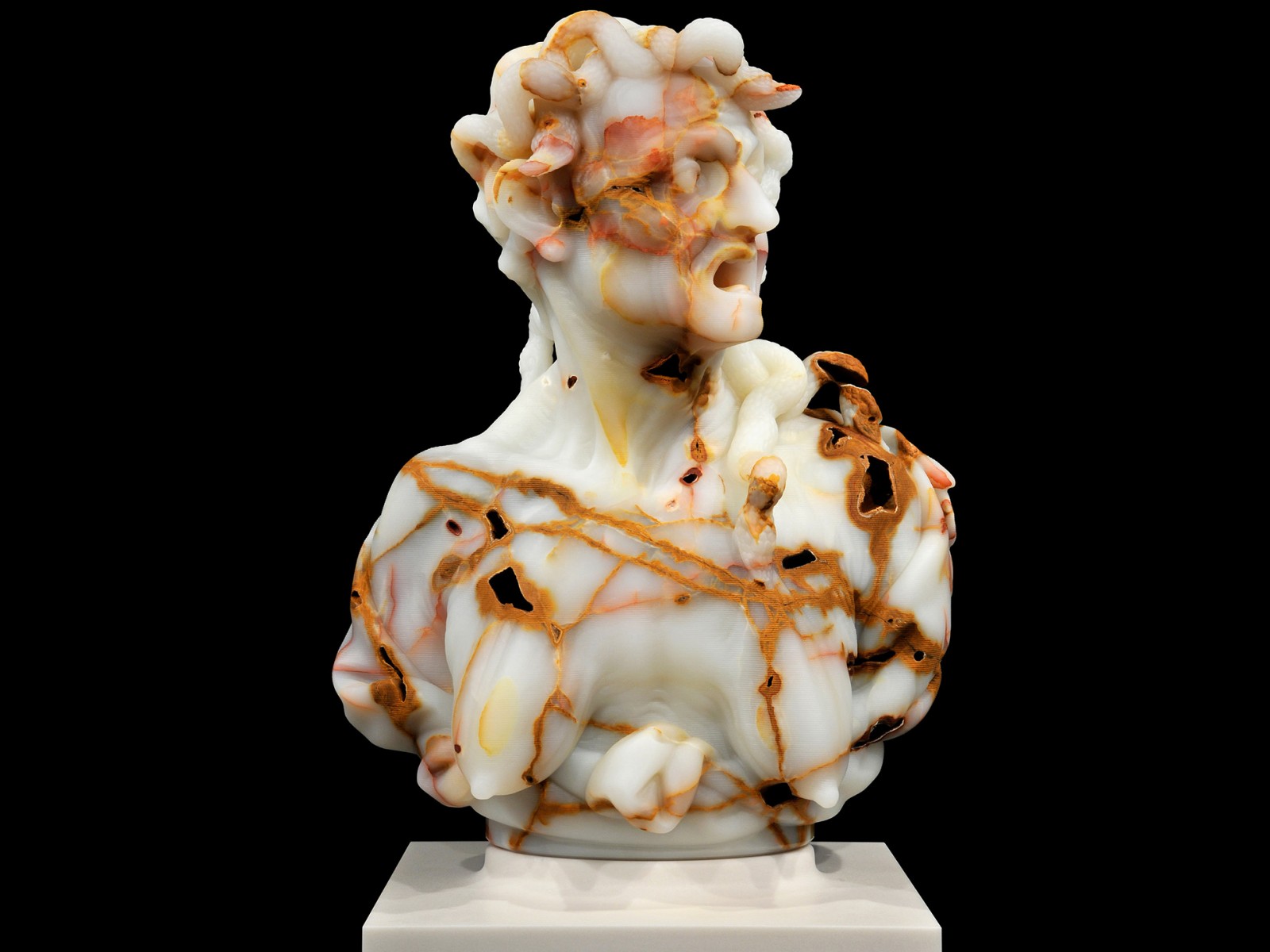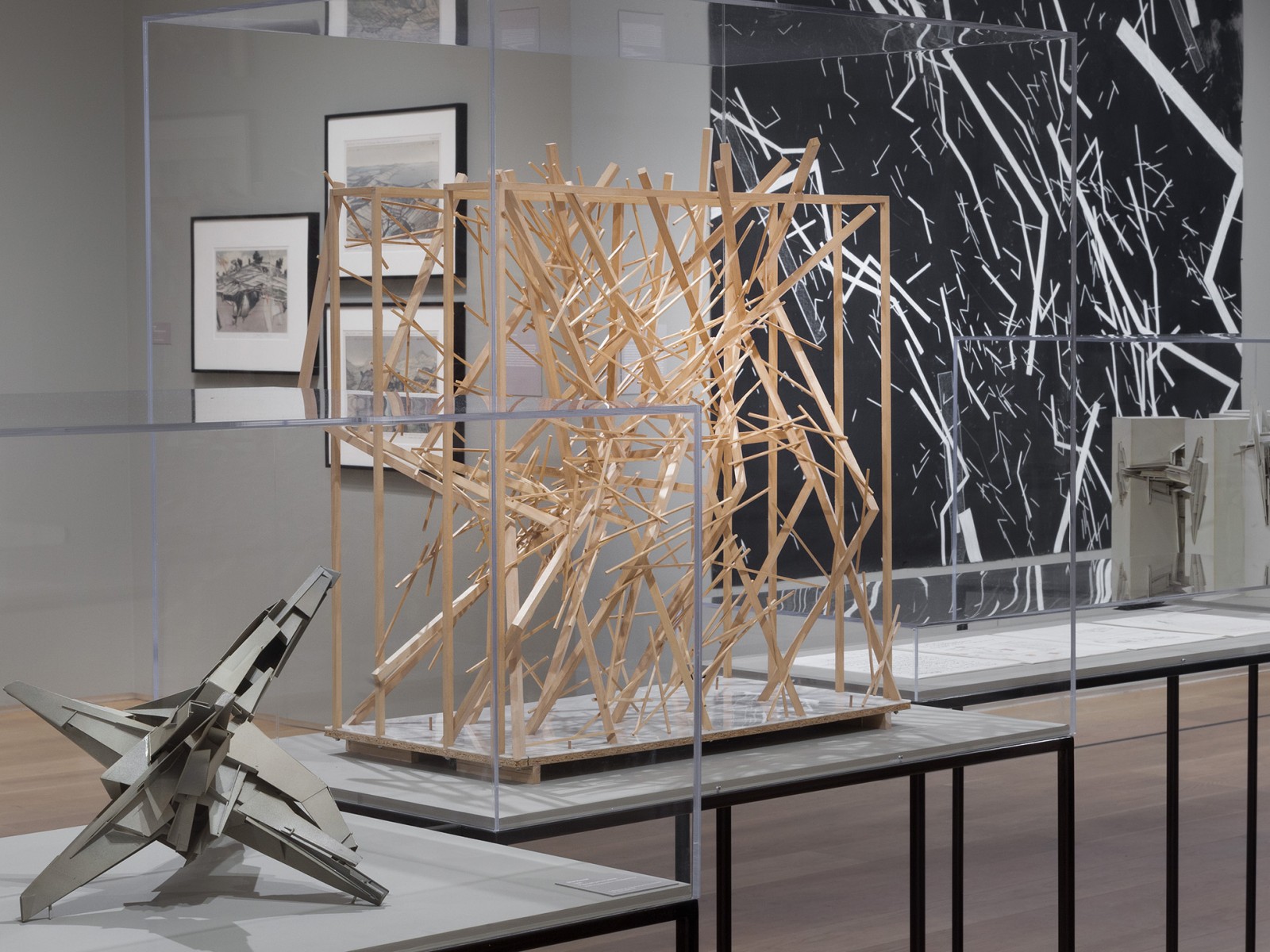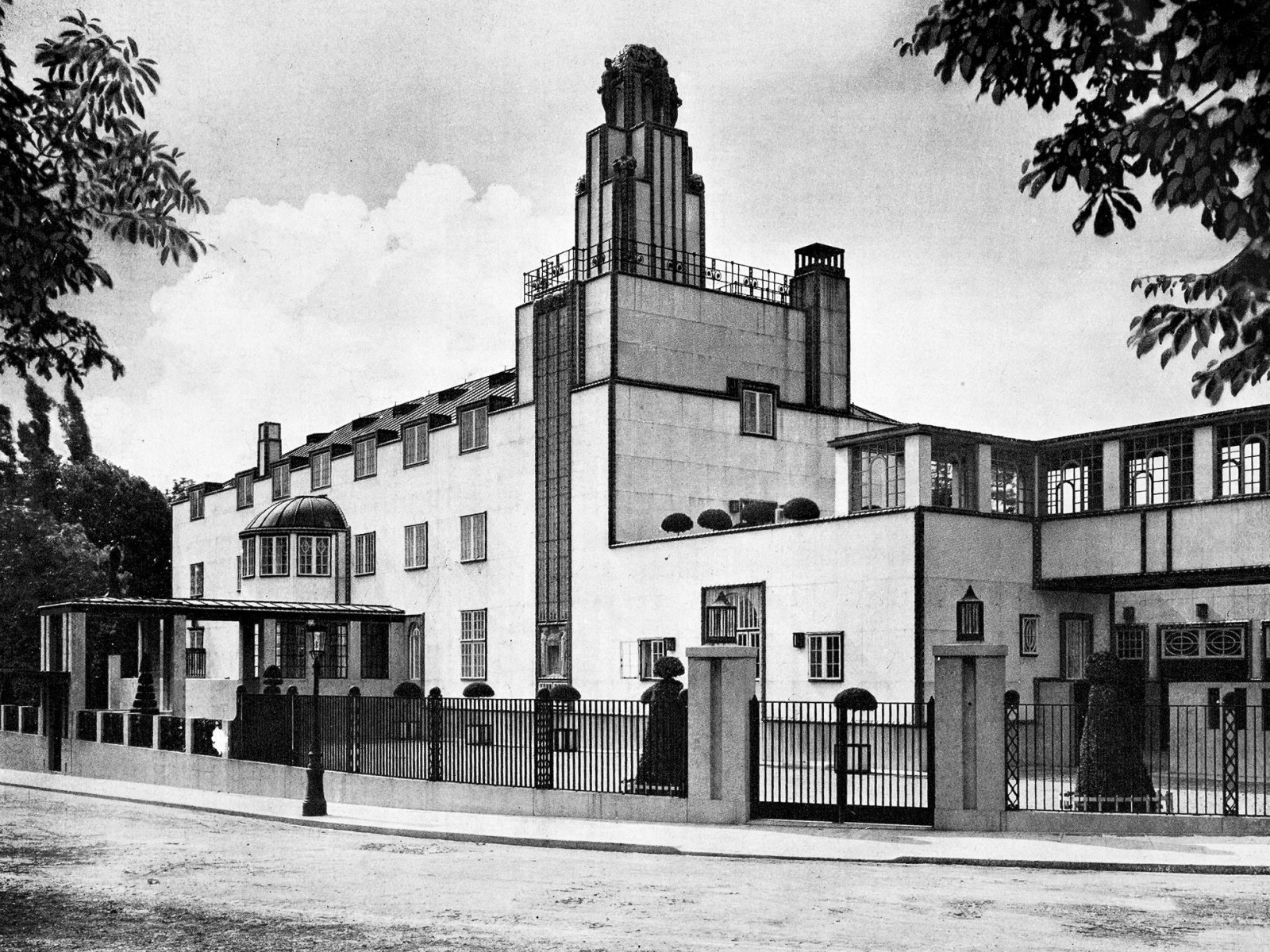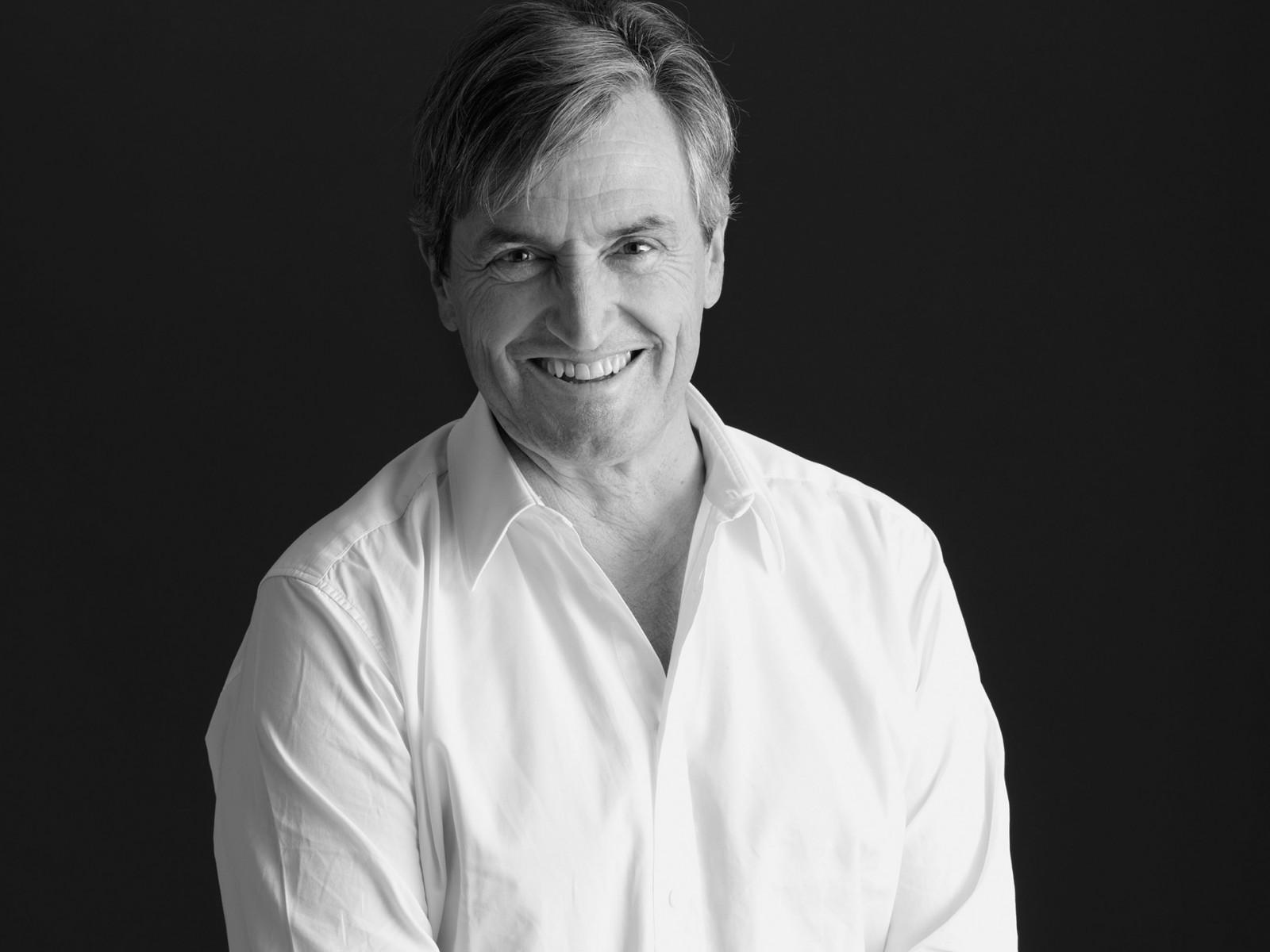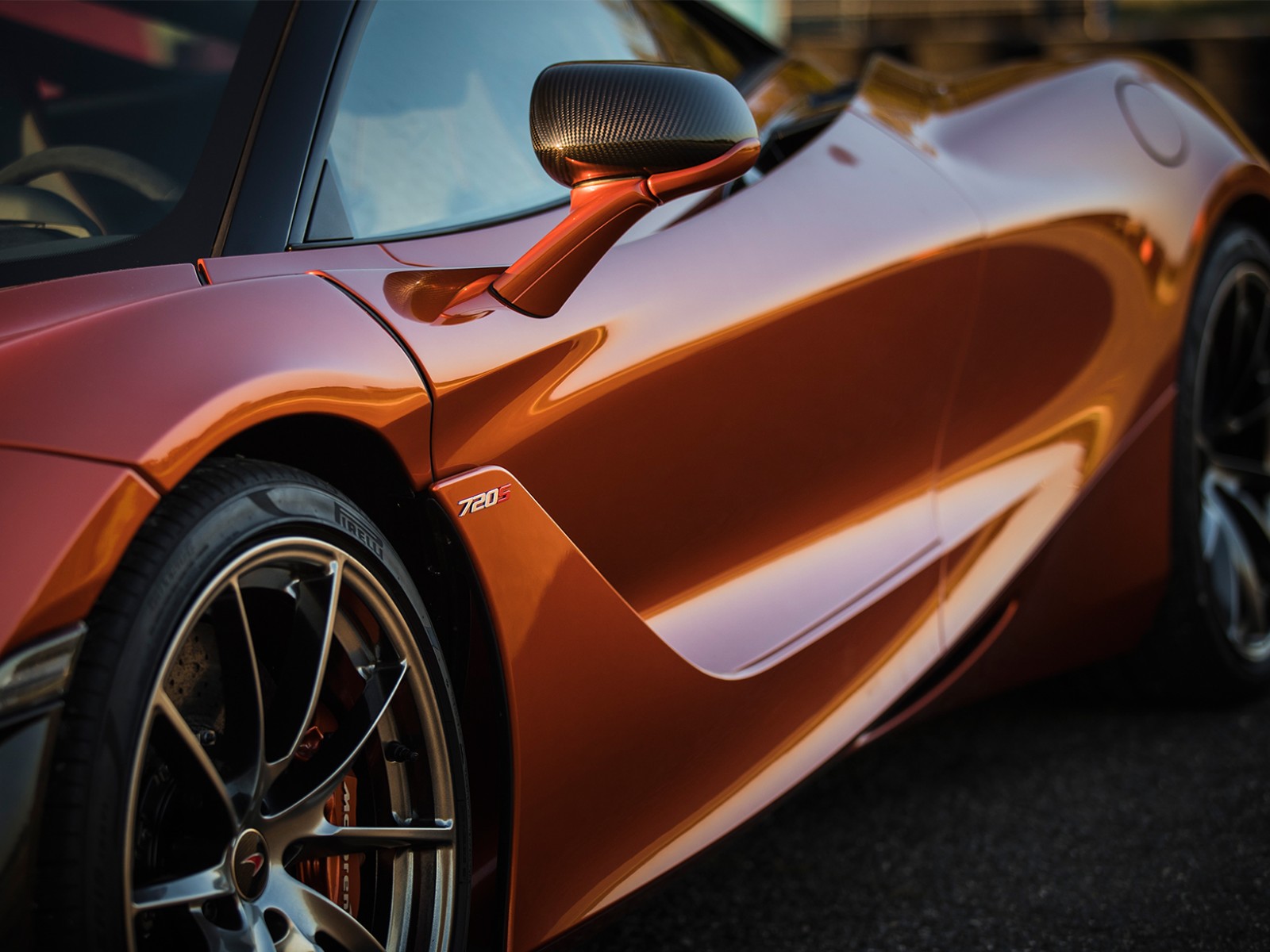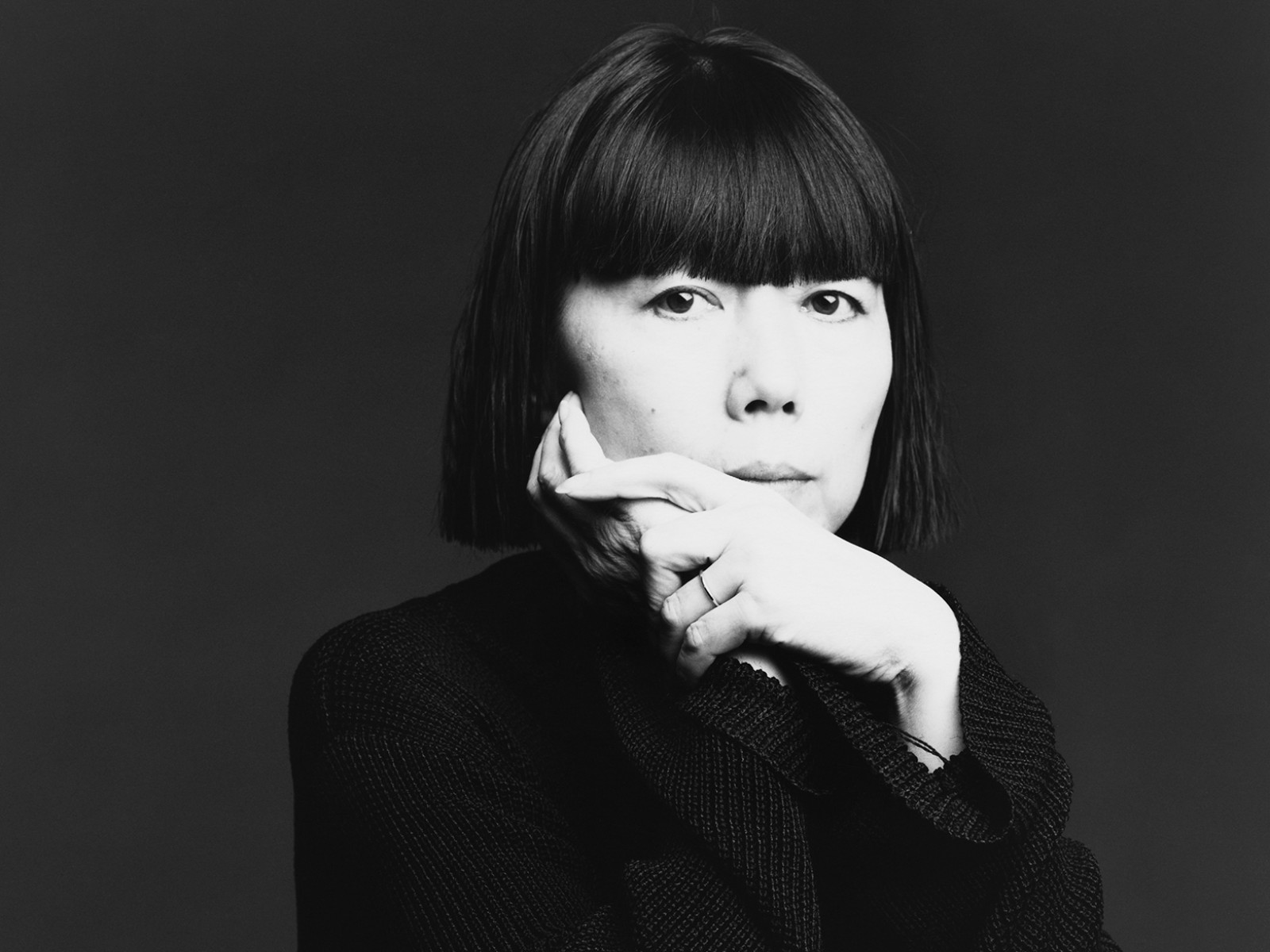
REI KAWAKUBO
Perfect imperfection
This May, the Costume Institute of the Metropolitan Museum of Art will unveil its new exhibition devoted to Rei Kawakubo. Kawakubo will become the first living designer honoured with a monographic show since Yves Saint Laurent in 1983.
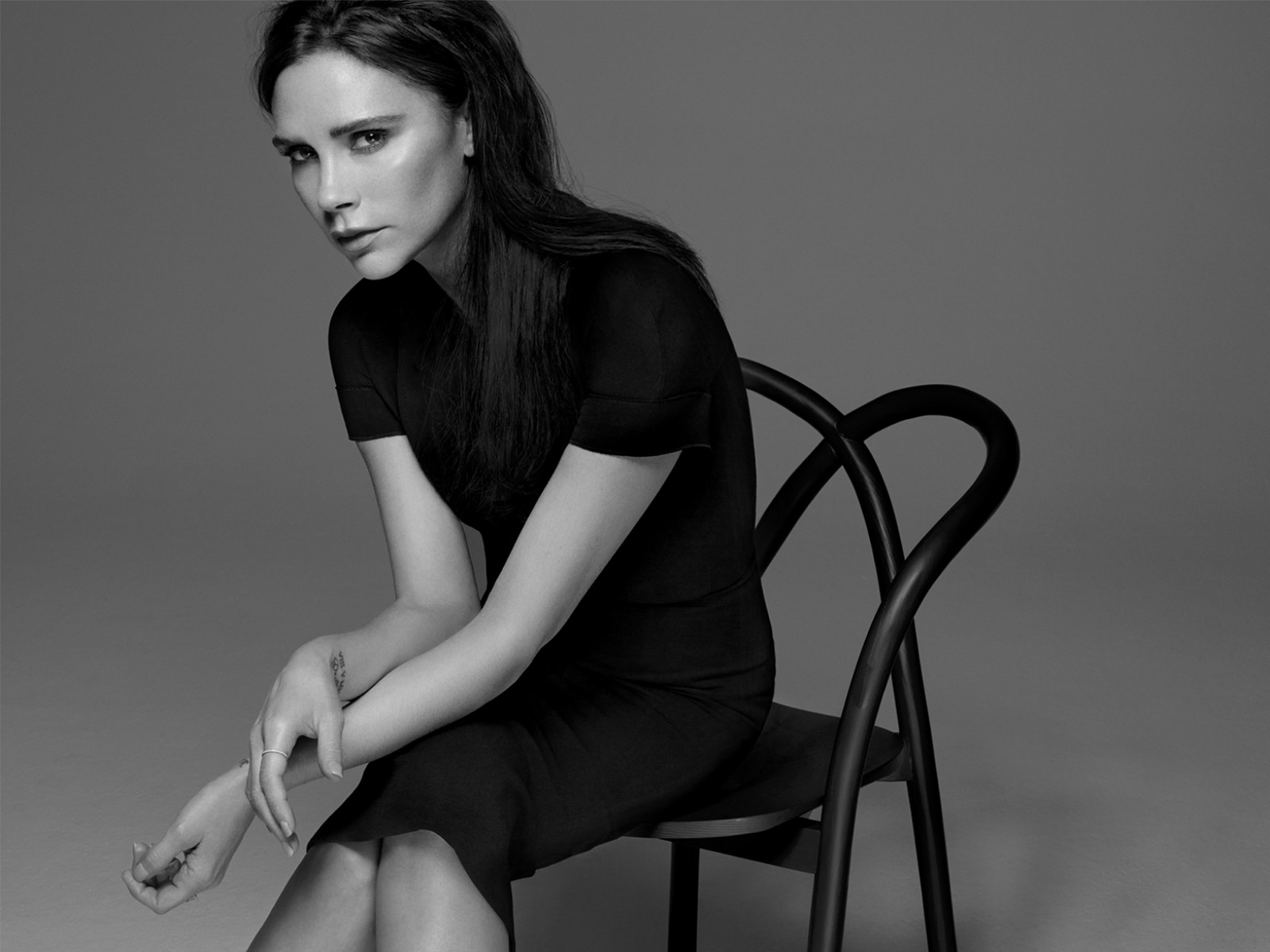
VICTORIA BECKHAM
Relaxed but chic
Victoria Beckham is much nicer than anticipated. With the nonpareil combination of Spice Girl ubiquity, marriage to an adored ex-footballer, and now credible fashion designer, you might presume this got-lucky ex-pop star to be beyond modesty, but that certainly isn’t the case. Whatever your assumptions, be prepared to warm to this most blessed of modern celebrities.


